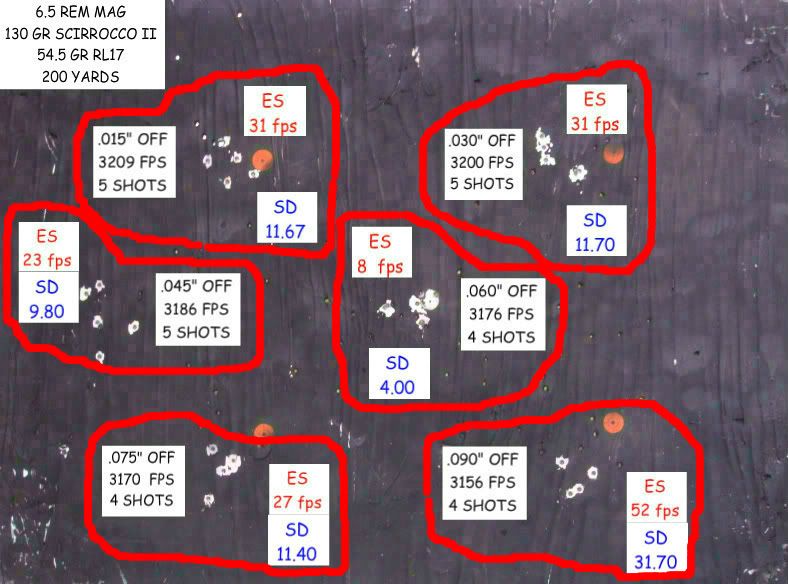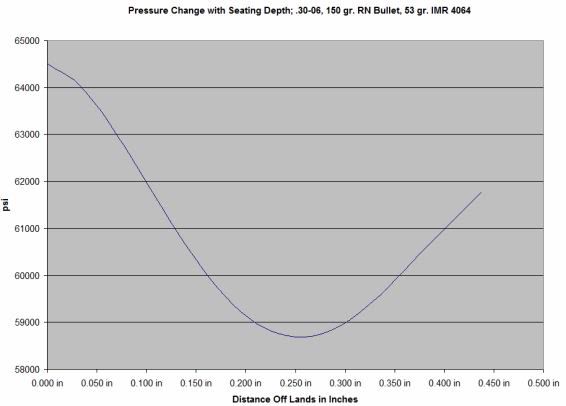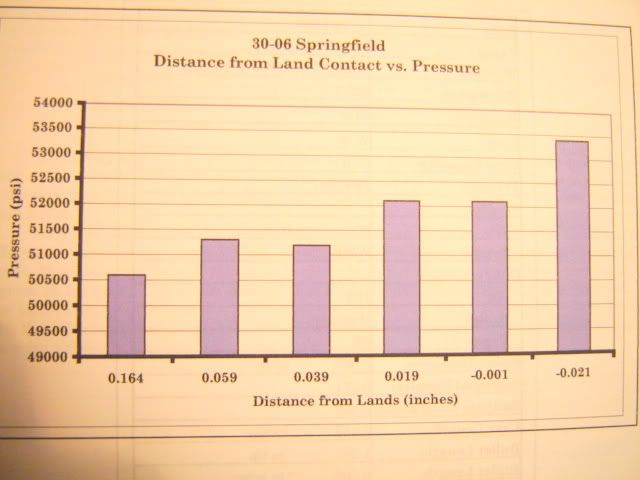BeeTee
Handloader
- Jul 27, 2011
- 400
- 0
FOTIS":hjf8wfp8 said:I load for acceptable velocity within acceptable pressure. Once I get that I go for accuracy.
Call me crazy but I will not use a 300 rum with a 180 gr bullet at 2900 fps even if it shoots in the .1's.
I'll second that... If I buy a race horse, I want it to run... I shoot a magnum because of the range it provides. I always begin load development with a combination of components that should deliver the velocity I'm looking for, and bullets are loaded a few thou off the lands. Once a reasonable combo is discovered, I may tinker some to fine tune. You can't shoot a magnum hundreds of rounds looking for the perfect load or to get that last tenth of an inch accuracy. By the time you get there, it may be time to rebarrel.
Some of the different mind sets to load development may be attributable to the intended use of the rifle - a precision benchrest rifle versus a hunting rifle, for example. With a bench gun, a tenth of an inch reduction in group size is far more important than that last 100-fps. And, the accuracy life potential for a bench gun is usually measured in the thousands of rounds range. BT







